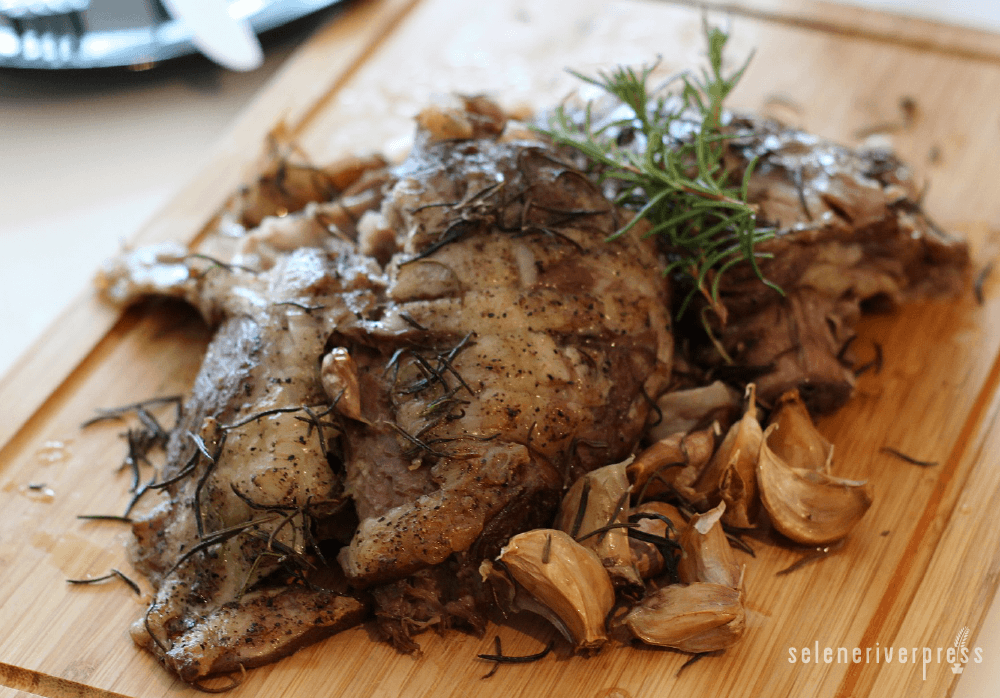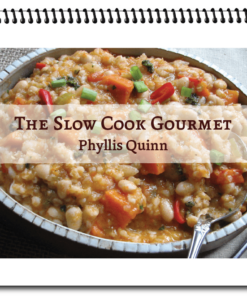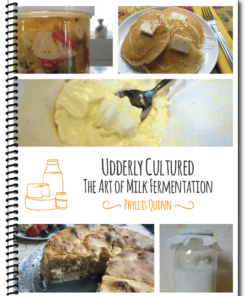Ask Chef Phyllis:
I remember fondly at Easter time my mother would make a rather large leg of lamb, with rich bread (dotted sometimes with colorful hard-boiled eggs) baked right in it. She called the lamb Easter Spring Lamb, but I think it was mutton, and she served it with mint jelly. She called the bread “Royal Babka.” April 5 is Easter, and this time I’d like to do things perfectly and make both of these traditional dishes. I tried in the past but was in over my head. Can you help?
—Tula Karapolis, Trenton New Jersey
Lamb is the traditional Easter roast, and with some easy instruction you can properly cook this beauty to a temp of 125–130°F, which is medium rare perfection. And thanks to a higher temperature at the start, it will come out of the oven with a highly desired crispy exterior.
Spring lamb means that the lamb was milk-fed and less than 3 months old. You may be right that your mother’s leg of lamb was mutton, which fell out of favor after WWII. New York City’s Keens Steakhouse (formerly Keens Chop House, established in 1885) still serves a mutton chop whimsically shaped like a moustache. This is indeed prime, dry-aged lamb rather than mutton.
Today our markets are filled with prime, choice cuts of lamb. You need only decide what cut will please you. A bone-in leg of lamb (7–8 lbs.), or a boneless leg of lamb (5 lbs.), will feed 6 to 8 people generously. “Frenched” or “paper frill decorated” racks or loins of lamb are another option, but these are usually more expensive.
Regardless of the cut, most chefs prefer Greek style spices—garlic, rosemary, oregano, and lemon—as these flavors best enhance lamb. I agree. Many people also love mint sauce and mint jelly. I wonder how this combination came about. In older cookbooks, I found many references to surrounding the mutton roast with peppermint and spearmint leaves in order to eliminate the gamey flavor of an older animal. So a tradition began.
The Royal Babka is surely from Poland, but there are many countries that make babka, with the recipes varying only slightly. Greece, Turkey, Romania, Poland, the Ukraine, and other East European countries all celebrate Easter with a blessing of their babkas—and some even contain colorful hard-boiled eggs. The bread was frequently accompanied with a great abundance of molded butter, spring lamb roast, cheeses, and eggs to break the Lenten fast. The breads were baked at least the day before, then blessed on Easter Sunday morning and served proudly with the feast.
Happy Easter and Happy Spring!
Traditional Easter Spring Lamb
Ingredients
1 (7–8 lbs.) bone-in leg of lamb or (5 lb.) boneless leg of lamb
6–8 large cloves fresh garlic, cut into slivers
2 sprigs of fresh rosemary, chopped, or 1 tablespoon dried rosemary, crushed
1 tablespoon dried Greek oregano
1 tablespoon paprika mixed with 1 tablespoon dried onion powder
Zest of 2 lemons
2 tablespoons olive oil
1 tablespoon sea salt
1 tablespoon freshly ground black pepper
Garnish: 3–4 large lemons, fresh sprigs rosemary, and mint leaves for serving platter
Mint jelly or mint sauce (optional)
Instructions
- Wash and dry the lamb. Bring it to room temperature. With the tip of a sharp knife, cut slits into the top skin of the leg of lamb. Insert the garlic slivers into the slits and push them in with your fingertip.
- If using fresh rosemary, remove the leaves from the stems. Chop and place in a small bowl. Bruise the dried oregano between your fingers to release its flavor. Add oregeno, paprika and dried onion powder, lemon zest, olive oil, salt, and pepper to rosemary. Mix well. Rub spice mixture all over the leg of lamb, including the underside.
- Roast at 425°F for 30 minutes. Reduce heat to 350°F. Bake until the internal temperature reaches 125–130°F. Rest the roast for 10–15 minutes before slicing to reset the meat juices. Chef’s Tip: Slice the lamb against the grain.
- Decorate with extra lemon wedges, sprigs of rosemary and mint jelly or sauce.
Royal Babka
This recipe makes a large basic babka. See note below for variations.
Ingredients
1 package yeast
¼ cup warm water
¾ cup butter
1 cup milk
¾ cup Rapunzel whole cane organic sugar
3 large eggs, beaten
4¼ cups flour
2 tablespoons lemon zest
½ cup raisins, soaked overnight in rum (for Polish Babka)
¼ cup warm honey for glaze (optional)
Instructions
- Empty yeast packet into a small bowl. Add warm water and let it sit until foamy.
- In a small saucepan, melt the butter. Remove from heat and allow to cool. Add milk, sugar, and eggs. Place mixture into a large mixing bowl. Add flour, yeast, lemon zest, and soaked raisins.
- Knead dough until soft and pliable. Turn the dough into a greased bowl and let it rise for 1 hour.
- Butter a babka pan, Kugelhauf pan, or 10-inch round cake pan. (Cake pan is recommended if you choose the colored eggs.) Place the dough in the pan and allow it to rise another 45 minutes.
- Bake at 350°F for 45 minutes, or until golden brown. Let the babka rest for 5 minutes. If desired, glaze the top with warm honey.
Variations
Add 1 tablespoon cinnamon to the dough before the second rising.
Add ¼ cup chopped nuts to the dough.
Add ¼ cup semi-sweet chocolate morsels to the dough.
Place colored hard-boiled eggs on top of the dough before baking, which will become partially covered.

AUTHOR’S NOTE
To choose your organically grown and fresh ingredients wisely, use the following criteria:
- chemical- and hormone-free meat
- wild-caught fish
- pasture-raised, organic eggs
- whole, unrefined grains
- virgin, unrefined, first-press organic oils
- whole-food, unrefined sweeteners
- pure, clean, spring water
- sea salt
- raw and/or cultured milk and cream products




